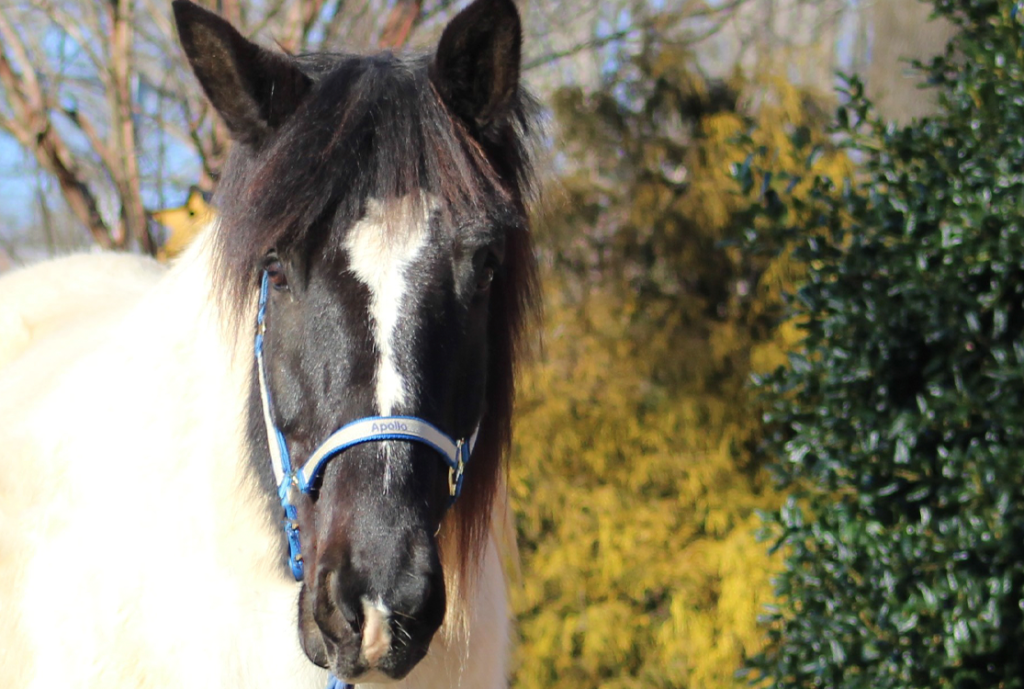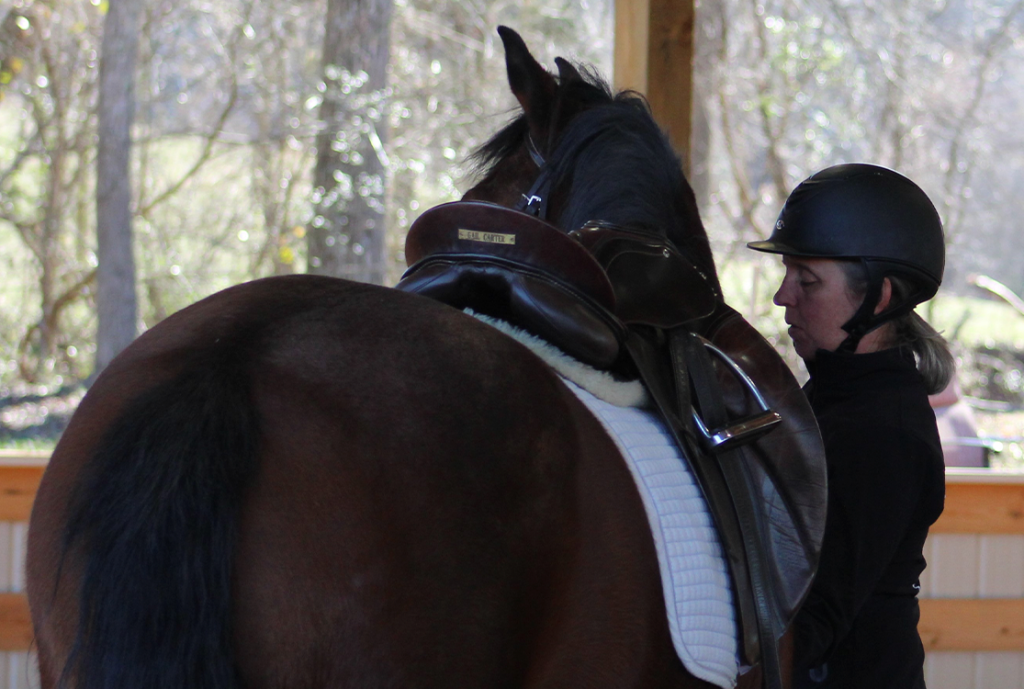My work with horses has led me to take a deep dive into the inner workings of the nervous system. As a trainer, often my job is to help a horse move from a sympathetic response of fight/flight/freeze to a parasympathetic state where they can relax, engage, play and learn. During a single training session a horse might be triggered multiple times, becoming distracted and anxious, attempting to flee, or bracing and freezing. Before I can continue the session in any meaningful way, the first order of business is to help their nervous system recuperate from whatever is stressing them and to regain a sense of calm before continuing.
Along my journey I have realized that many training methods rely on putting the horse into a state of shut-down or learned helplessness. This happens when fight or flight is not possible and the horse learns to give up. They go into a dorsal vagal response, a state in which they might appear to be compliant but are actually dissociated, not quite “in their body.” A horse like this is prone to sudden outbursts of behavior that can be dangerous.
On the other side of the extreme, I have met people who don’t want to set clear boundaries or be assertive with their horses because they don’t want to cause them any stress. The problem with this approach is that they often aren’t able to be a positive influence on the horse either. They may find themselves struggling to handle an animal much larger and more powerful than they are, lacking the resources to redirect the horse’s attention and help them calm down when they become triggered.
Like us, horses rely on cues from those around them to determine if they are safe or in danger. An important factor in helping a horse shift from the sympathetic to the parasympathetic nervous system is to embody the qualities of calm, grounded and safe. We can’t lie to horses, and if we are fearful or reactive we aren’t going to convince them that we are a model of serenity. Keeping ourselves safe is paramount to holding a safe space for our horse. This includes setting clear and effective boundaries so that we aren’t being pushed, pulled, or threatened. It also includes the ability to monitor and influence our own nervous system so we aren’t in a fight/flight/freeze or shut-down response ourselves.
In my studies of how we can develop a more resilient nervous system, I have learned many techniques that work well for humans. These include becoming aware of the breath to encourage deep and rhythmic breathing, bringing attention to the senses, releasing muscle tension, moving the body in specific ways, orienting in the present moment, and cultivating feelings of love and gratitude. I believe that these practices can help us to bring ourselves down from a sympathetic response to feelings of safety and connection, and can be very helpful as we seek to influence our own nervous system to become a positive influence for the horse. The next step is to understand how we can use these pathways to help our horses shift from a sympathetic to a parasympathetic response. Clearly we can’t talk them through the process, yet there are ways that we can use touch, movement, and our own presence to have a profound impact on their mental and emotional state.
One method is to bring awareness to what they are sensing in their bodies, shifting attention away from external distractions and activate the sensory nervous system, which is turned off by the sympathetic response. To be most effective, we can create sensations that feel good and help them release muscular tension. While there are many ways to use touch to do this, my favorite is Mary Debono’s Debono Moves, a hands-on approach to working with the horse’s body based on the Feldenkrais Method. Mary is the epitome of calm, non-judgemental, slow, soft, and patient. Her techniques are gentle and subtle, incorporating small movements of the muscles, fascia, and skeleton to unwind habitual patterns and create freer and easier movement. Through supporting the body and nervous system we can help the horse relax and trust, to release tension associated with the sympathetic response, and to produce endorphins and oxytocin that create a stronger sense of bonding and connection.
Sometimes touch that includes moving the body in any way is too stimulating for a horse, and it is best to simply stand in stillness or place a hand on them without moving it. This simple act can create a great deal of sensation for the horse, even though it may feel like we aren’t doing anything. With a very anxious horse, we can become like a grounding rod, using our own stillness and presence to convey a sense of safety.
Another way we can help the horse shift in their nervous system is through movement. In a sympathetic response, certain muscles are turned on so the horse can flee as quickly as possible. The firing of these muscles inhibits other muscles from contracting, since in antagonistic pairs one muscle must release for its antagonist to contract. If we can guide the horse into intentional movement that releases the contracted muscles associated with the sympathetic nervous system, this has the effect of restoring a more relaxed mental and emotional state as well. This approach requires a relationship in which the horse allows us to guide their movements. Any attempt to force the horse into a particular posture or movement will most likely be met with resistance, creating the opposite of the desired effect. If, however, we develop the ability to redirect the horse to rhythmic movement with relaxed muscles, we can maintain a parasympathetic state. The more quickly we can notice and respond to the smallest changes in the horse’s attention the more effective we will be. If we miss the small signs that the horse is becoming distracted or nervous, it will be increasingly difficult to restore a relaxed state through rhythmic movement.
Developing a connection with the horse based on trust is a necessary component of guiding them through moments of stress and activating the parasympathetic, ventral vagal nervous system. Techniques that use dominance, threat, punishment or pain will have the opposite effect, driving the horse further into a sympathetic response and eventually into a dorsal vagal, shut-down state. While training in this way may appear to require more patience, the rewards of taking the necessary time will pay off in dividends as we experience what is possible when we put the emotional and mental state of the horse first.
Follow Us
To learn more about how you can help your horse feel better and improve your relationship through touch, groundwork and riding…
More from my Blog
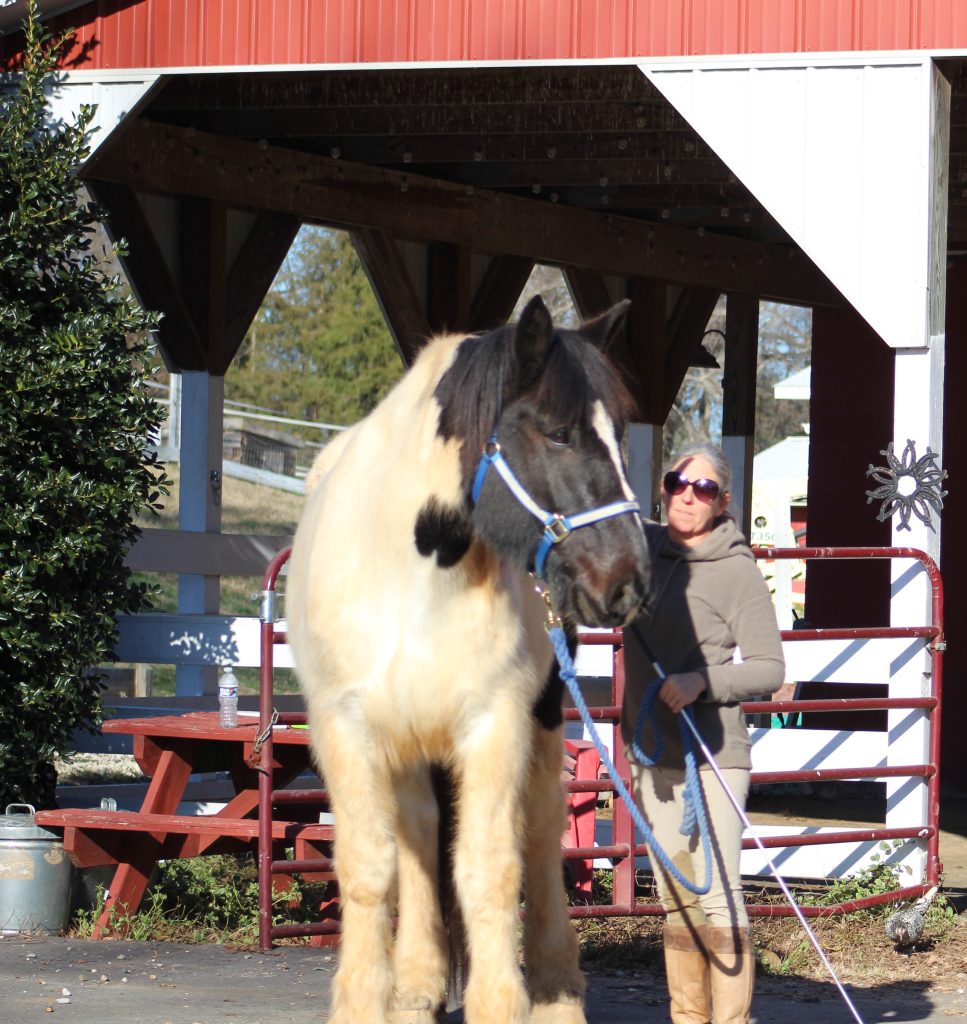
Grounding, Warrior Pose, Root Chakra and Horsemanship
One way horses explore their world is to test whether or not they can move things. If you want to see this in action, put a few objects on…
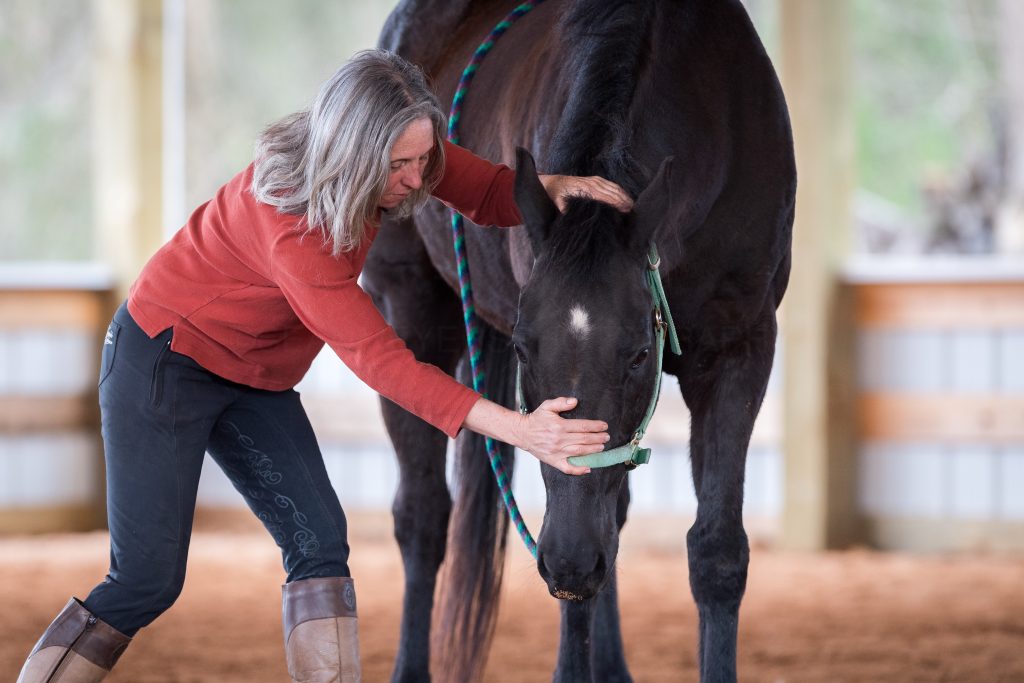
Calming the Anxious Horse
A frequent part of my job is helping anxious horses achieve a more relaxed, calm emotional and mental state. In other words, finding ways to turn on the parasympathetic nervous…

Riding with Precision
As riders, we often hear the advice to “use more leg.” In my experience, this often leads to riders that are squeezing and kicking, and horses that are desensitized to…
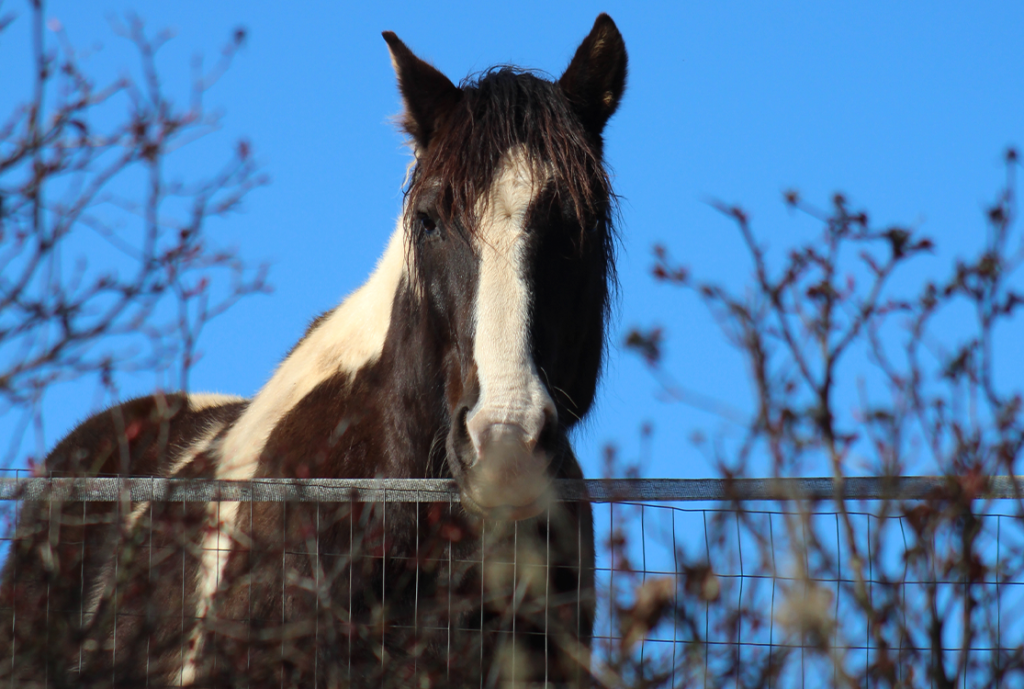
The Transformative Power of Listening
When I am teaching I never know exactly what is going to strike a chord, but I love it when something I say has a transformative impact. In a recent lesson…
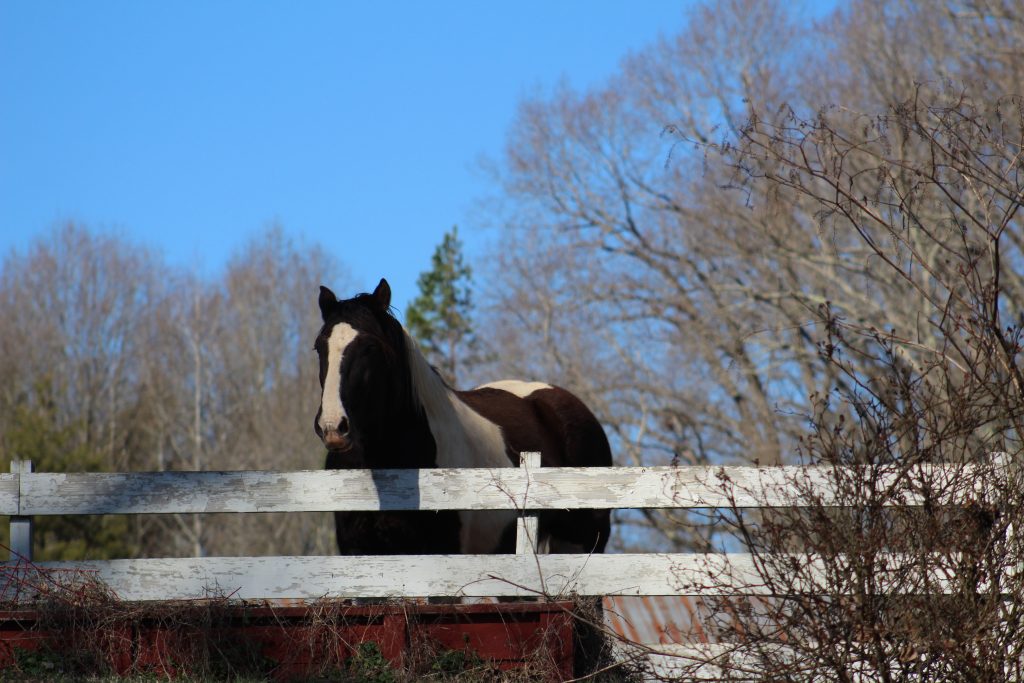
Teaching Weight Bearing Posture
I was talking with a dog trainer friend the other day and we were comparing the many similarities between our jobs, including that our primary role is not so much…
